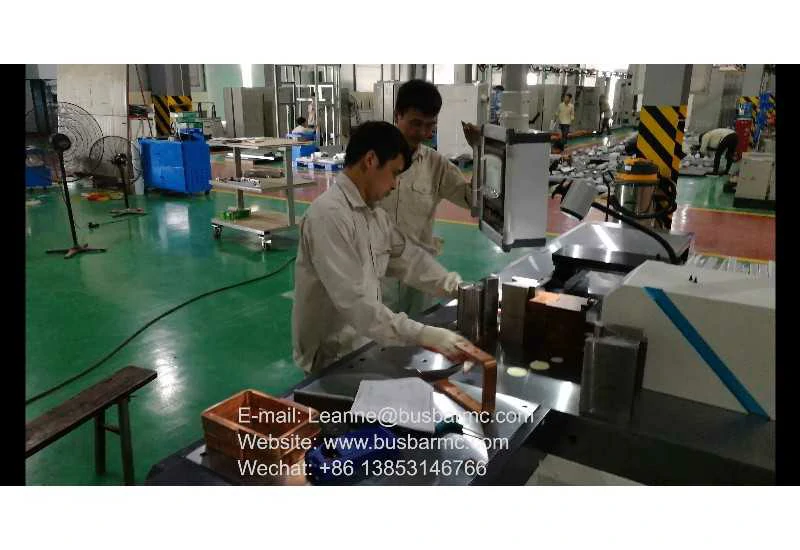Breaking Free with Standalone VR: In the dynamic realm of virtual reality (VR), the introduction of standalone VR headsets marks a turning point, unveiling untethered wonders and endless possibilities for users across the globe. These devices, remarkable in their ability to function without external hardware, liberate users from the constraints of wires and PCs, offering unprecedented freedom in exploring virtual worlds.
Standalone VR headsets are distinguished by their ease of usage. These headsets are ready to use straight out of the box, thanks to integrated processors and sensors, making VR more accessible to a wider audience. The ease and convenience of standalone devices remove many of the conventional obstacles to VR, making it an appealing entry point for newbies.
Aside from accessibility, the primary appeal of standalone VR is its portability. Users can interact with virtual content without the requirement for a connected PC or console. These headsets give entertainment, education, and training on the road, whether you’re in your living room, a friend’s house, or even a hotel room.
However, the benefits of standalone VR go beyond gaming and entertainment. The technology has a wide range of applications. In education, for example, standalone VR is a powerful tool for immersive learning. Students can visit historical locations, investigate microscopic cells, and travel around the solar system all from the comfort of their own home or classroom.
Standalone VR headsets offer successful training and collaboration in the corporate sector. Employers can run realistic training simulations, or employees from many places can cooperate in a shared virtual space. These standalone VR applications are not only efficient but also cost-effective, as they eliminate the need for physical travel and lodging.
Furthermore, standalone VR headsets are having a huge impact on the healthcare industry. They provide new patient care solutions such as pain management and mental health treatment. These headsets are used by therapists to create controlled environments for exposure therapy and by physicians for surgery planning and patient education.
The introduction of standalone VR benefits content makers and developers as well. Creators find a lucrative market for their VR content with a rising audience and an accessible platform. The development process is eased, with standalone VR devices frequently supporting many development tools and platforms, encouraging creativity and innovation in the community of content creators.
Despite the numerous possibilities, it is critical to recognize that standalone VR headsets have restrictions. While they provide outstanding performance for their size and affordability, they cannot compete with PC-tethered systems in terms of processing power and graphical capability. Users looking for high-end, graphically intensive experiences may need to consider more powerful but less portable alternatives.
However, technological advances are progressively closing the gap. Improvements in processing power, battery life, and display quality are visible with each successive generation of standalone VR headsets. These developments, together with the creation of tailored content and applications, ensure that standalone VR headsets continue to provide increasingly rich and immersive experiences.
Purchasing a standalone VR headset represents an investment in the future of entertainment, education, and employment. As technology advances, consumers should expect a steady stream of new content and applications tailored to make use of these devices’ unique capabilities. The possibilities are truly endless, ranging from gaming and movies to virtual meetings and classroom instruction.
One big area we have yet to investigate is the social aspect provided by standalone VR headsets. These technologies enable novel forms of social engagement in virtual settings. Users can connect, communicate, and interact with others in a range of virtual locations, ranging from gaming arenas to social networks built specifically for virtual reality. This social dimension not only improves the sense of presence and immersion but also aids in the formation of communities of enthusiasts and professionals who share common interests, hobbies, or career trajectories. These virtual communities will undoubtedly play an important part in the future of how we socialize, network, and collaborate, further blurring the barriers between the virtual and the real.
To summarize, the standalone VR headset is a modern technological marvel, functioning as a portal to untethered wonders and boundless potential in all facets of our lives. From education and healthcare to business training, content creation, and social interaction, these technologies are reshaping how we work, play, learn, and connect. We should expect even more revolutionary applications and experiences that will revolutionize our knowledge of immersive and interactive virtual environments as technology advances. We are not just viewers with standalone VR; we are active players in the intriguing and ever-expanding environment of virtual reality. The voyage is far from done; in fact, it is only getting started, and it promises to be a fantastic adventure full of discoveries, innovations, and limitless possibilities.



